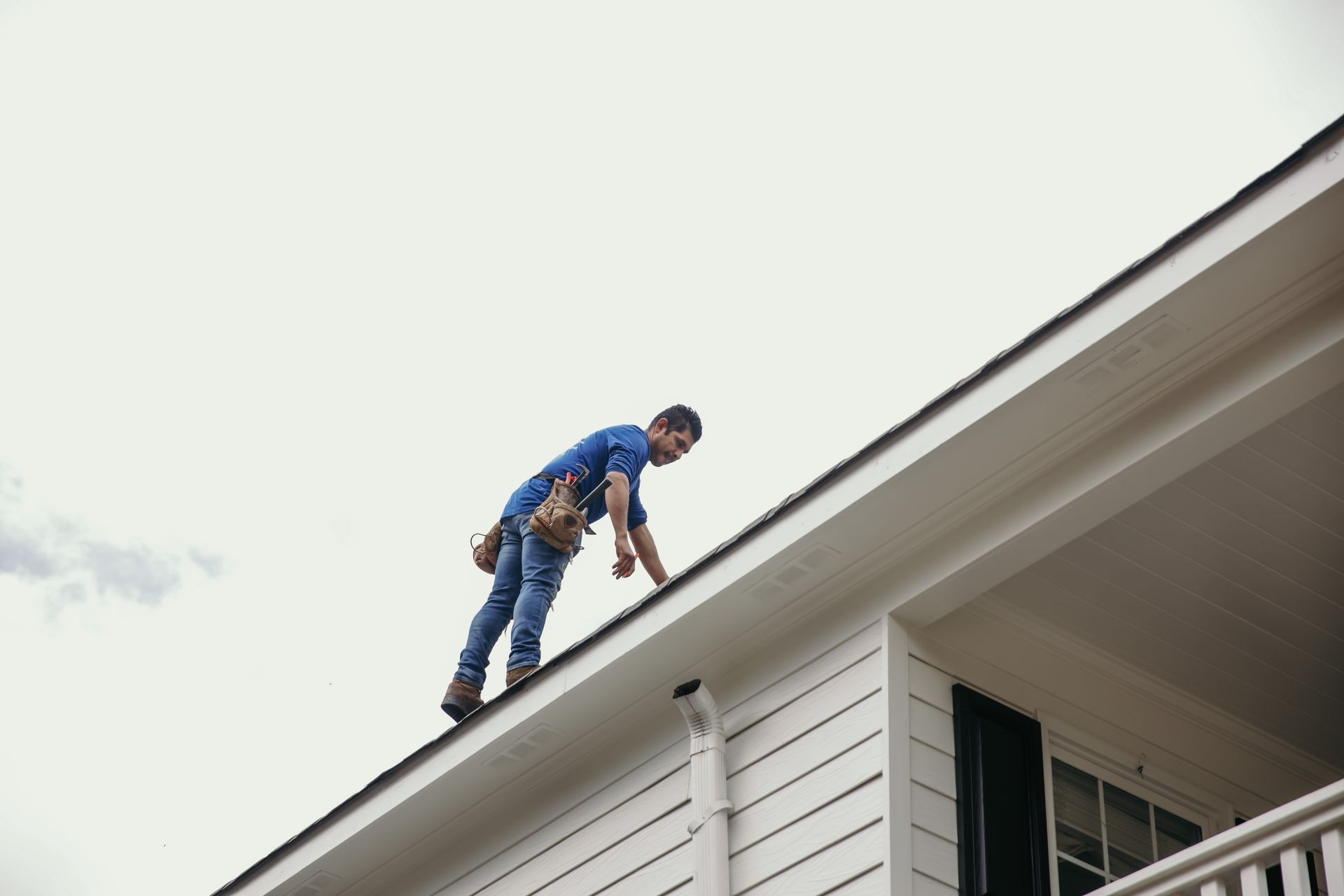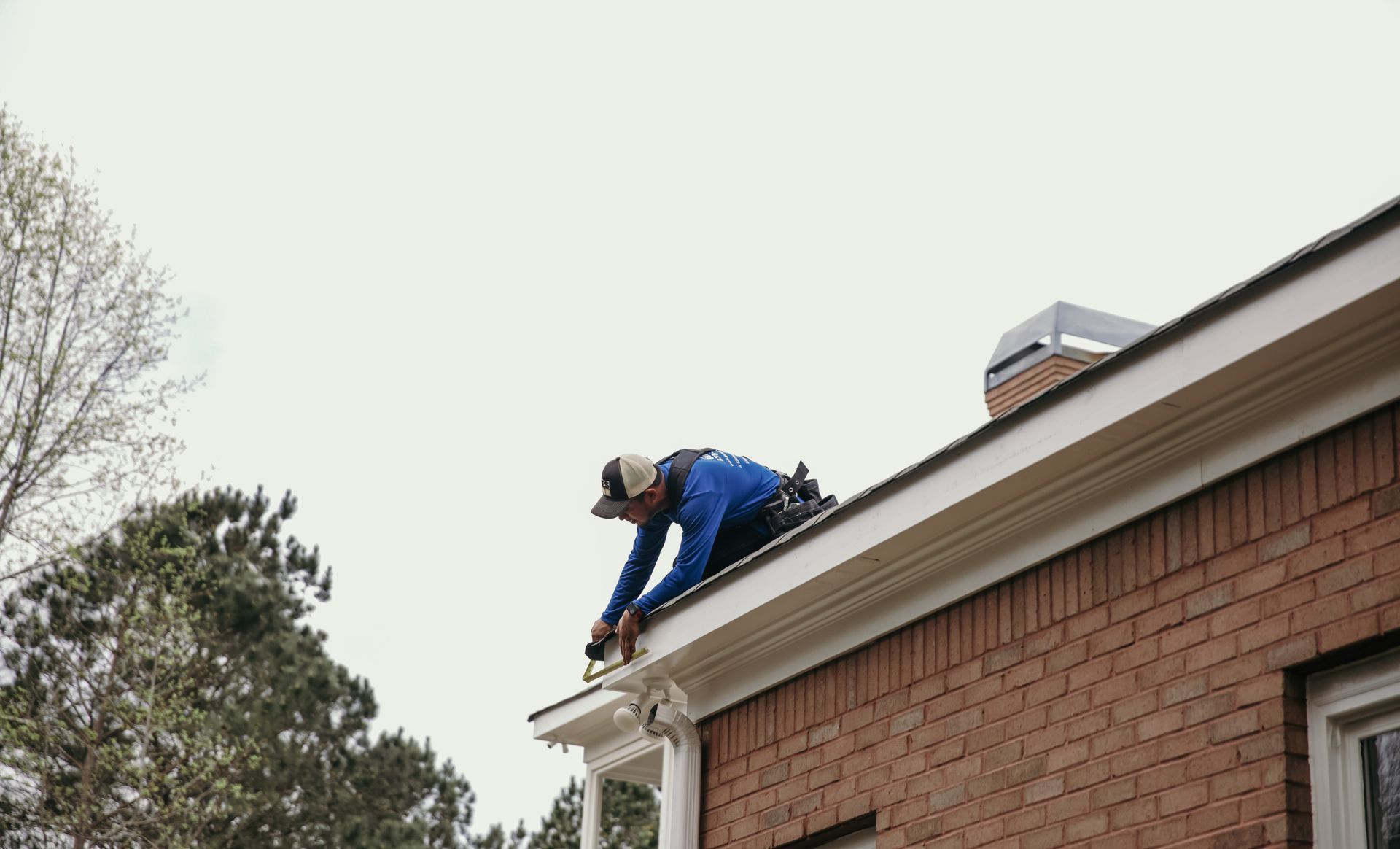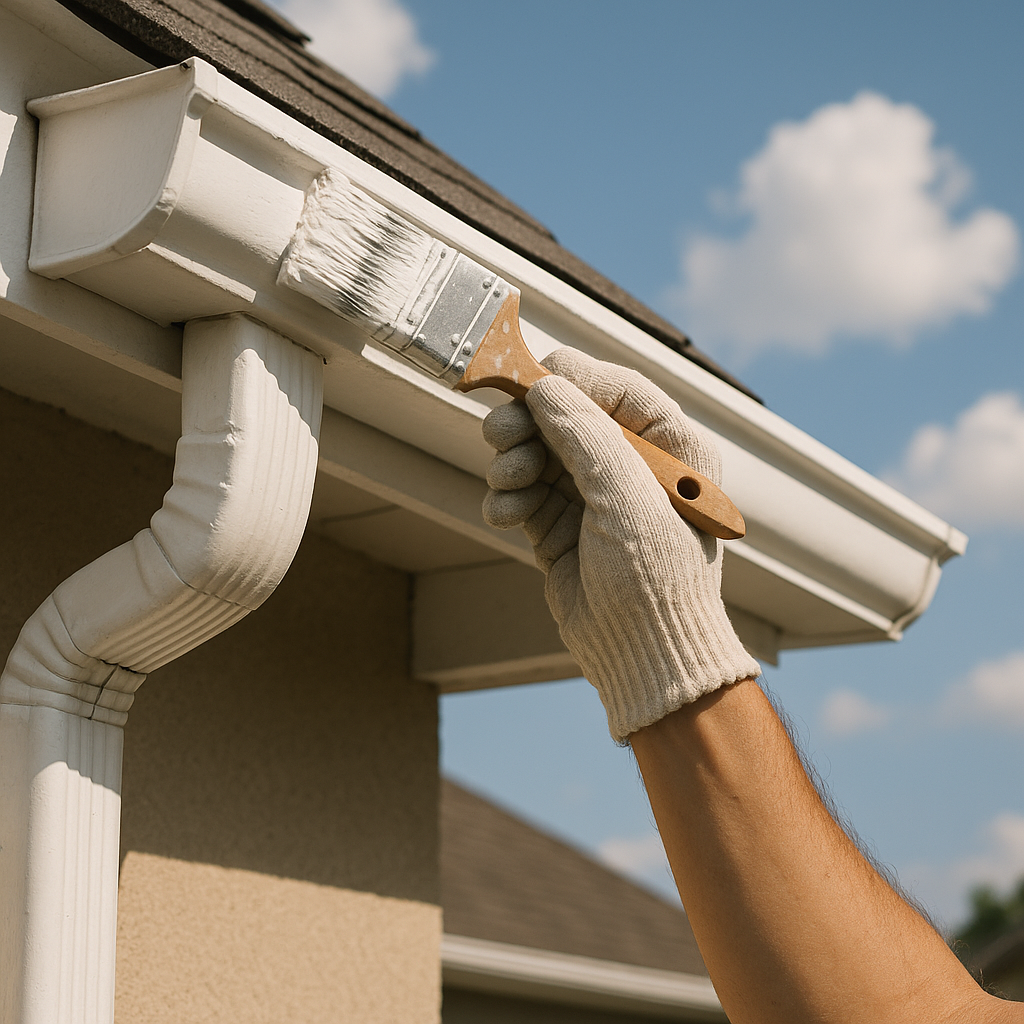Best Gutters for Heavy Rain: Choosing the Right Gutter System for Your Home
When the skies open up, you don’t want to rely on a weak or outdated gutter system. The truth is, your gutters are the unsung heroes of your home—quietly working to protect your foundation, siding, and landscaping from torrential downpours.
This guide cuts through the noise and gives you everything you need to know about selecting the best gutters for heavy rain. Whether you’re curious about the ideal gutter size, material, or design, or just wondering where to start, we’ll walk you through it—step by step.
Key Takeaways
- Gutters play a crucial role in directing rainwater away from your home.
- K-style gutters and seamless options are among the most effective choices for heavy rainfall.
- Always factor in your roof size, gutter materials, and gutter downspouts when choosing.
- Gutters for your home should be both functional and durable—cheap options may cost you more in repairs.
Why the Right Rain Gutter Matters in Heavy Rain
A solid gutter system for your home is your best defense against foundation cracks, soil erosion, and rot. When heavy rain hits, a poorly chosen or improperly installed rain gutter can't keep up with the volume. The result? Water seeps into places it shouldn’t—your basement, crawl space, or worse, the interior of your home. Gutters are the most common first line of defense against that kind of damage.
How Gutters Work to Safeguard Your Home
A rain gutter collects rainwater flowing off your roof and channels it through gutter downspouts, steering the water away from the foundation. Without this flow control, heavy rainfall would wreak havoc. Gutters are made to handle water quickly and efficiently—but only if they’re the right size, properly installed, and free of clogs.
What Are the Best Gutters for Heavy Rain?
Let’s jump into the top picks. When we talk about the best gutters for heavy rain, we’re talking durability, water capacity, and resistance to clogging.
K-Style Gutters – High Capacity and Stylish
The k-style gutter can handle more rainwater than half-round gutters, making them ideal for areas with heavy rain. Their flat back and decorative front also means they double as fascia in many homes. These gutters are best installed by professionals for a tight seal.
Seamless Gutters – Leak-Proof Performance
A seamless gutter is exactly what it sounds like—no joints or breaks, so fewer leaks. These gutters are custom-made to fit your home and are ideal for those seeking to minimize water damage and reduce maintenance.
Copper Gutters – Durable and Decorative
Copper gutters offer excellent corrosion resistance and are ideal for environments with heavy rainfall. Yes, they’re an expensive gutter, but they can last over 50 years with proper care. Plus, they develop a beautiful patina over time.
Vinyl Gutters – Budget-Friendly but Limited
Vinyl gutters are lightweight and easy to install, making them perfect for DIY gutter projects. However, they may not withstand consistent heavy rain or extreme temperatures as well as metal options.
Steel Gutters – Heavy-Duty Option
Steel gutters offer superior strength and resist damage from hail or falling debris. Galvanized steel gutters, in particular, are built for rough weather, although they can be prone to rust over time.
Choosing the Right Gutter Size for Your Climate
A standard home uses 5-inch gutters, but areas with intense storms may benefit from 6-inch or even 7-inch versions. The gutter size should match both the roof area and the amount of rain your region receives annually. Remember: larger gutters = more water capacity = fewer overflow issues.
What Makes K-Style Gutters So Popular?
Among all styles, the K-style gutter remains the popular choice for homeowners. They manage more water than half-round gutters, sit snug against the roof edge, and offer a sleek, modern look that pairs with most architectural designs. These gutters are available in aluminum, steel, or copper for upscale homes.
Are Gutter Guards Worth the Investment?
Gutter guards keep leaves, pine needles, and other debris out, which helps maintain water flow and reduce clogs. When installed correctly, gutter guards can extend the life of your gutter system and reduce the frequency of cleanings. They’re a key part of any gutter solutions plan.
Gutter Materials That Withstand Heavy Rain
You’ve got options. Aluminum gutters are corrosion-resistant, vinyl gutters are lightweight, and copper gutters bring timeless appeal. Your budget, home style, and local weather should all influence your decision. Gutter materials matter—choose wisely.
Should You Choose Half-Round or K-Style?
Half-round gutters are a great choice for historic homes, as they effectively manage moderate rainfall. But when it comes to the best gutters for heavy rain, the K-style gutter wins. It holds more water and fits tighter to the fascia, making it a better option in storm-prone areas.
Why Downspouts Matter in Heavy Rain
A gutter downspout does the heavy lifting in your gutter system. If it’s too small or placed improperly, even the best gutters can’t prevent water from pooling. Always check your gutter downspouts during storms to make sure they’re channeling water away from your home effectively.
Is DIY Gutter Installation a Good Idea?
You might save money with a DIY gutter install, but there’s no guarantee you’ll get the pitch, seams, or flow right. Improper installation can lead to clogged gutters, sagging sections, and worse—interior damage. Unless you’re confident in your skills, hiring a pro is worth it.
What About Box and Commercial Gutters?
Box gutters are built into the roof itself—perfect for commercial buildings or flat-roofed structures. Commercial gutters are typically larger, offering a greater capacity for larger buildings. If your home has a huge surface area or complex roofline, box gutters might be worth discussing with a contractor.
Gutter Accessories That Make a Difference
Don't underestimate the power of the little extras. Gutter accessories, such as splash blocks, extensions, and diverters, help your gutter system run smoothly. They can also keep rainwater from eroding your lawn or seeping into your basement.
Frequently Asked Questions
What type of gutter is best for heavy rain?
K-style gutters are usually the top choice because they handle more water and attach snugly to the fascia. Seamless versions are even better for preventing leaks.
Are seamless gutters really better?
Yes. Seamless gutters reduce the chance of leaks and last longer with fewer maintenance issues. They're often custom-fit during installation for maximum efficiency.
How often should I clean my gutters if I have gutter guards?
Even with gutter guards, it's recommended to clean your gutters at least twice a year. Debris can still collect on top of the guards or in the downspouts.
Should I install gutter guards with my new system?
Yes, especially if you have trees nearby. Gutter guards prevent clogging and extend the life of your system.
What size gutters do I need for heavy rain?
6-inch gutters are typically recommended for areas with high rainfall. A larger size increases capacity and reduces the likelihood of overflow.
Conclusion
Picking the best gutters for heavy rain isn’t just about style—it’s about home protection. Your gutters are a frontline defense against flooding, erosion, and costly structural issues. From seamless K-style gutters to robust copper rain gutters, you’ve got plenty of solid choices to work with.
If you're ready to upgrade, install gutters with the experts. Gutters 4 Less offers the top-rated systems and installation services to safeguard your home.
Reach out today for a free estimate—because you deserve a gutter system that holds up when the weather doesn’t.





